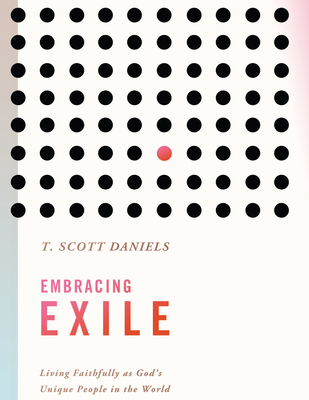
Butler, D. John
The drama expressed the great doctrines of the visionary men about the purpose of life, the fall and redemption, Adam and Eve's choice, and Christ's triumph. It contained the moral commitments of the visionary men, and it taught them spiritual disciplines such as prayer, fasting, washing, and anointing. It brought them to share a feast with the Lord and then to petition at the veil of the holy of holies to be admitted as one of the children of God.
The Nephite prophets used the sights, experiences, furniture, architecture, sounds, and even tastes of their temple experience to inform their writing. In the Language of Adam explores that complex constellation of information as a language--as a symbolic vocabulary for communicating and perceiving important truths. The more we understand about the temple practices of the visionary men, the better we can read The Book of Mormon, as well as the writings of visionary men in the Bible and elsewhere. Knowing the mystery-language of Adam will allow us to see more clearly the precious spiritual gems that Lehi and his party f
member goods
listens & views

SONGS OF PRAISE: MUCH LOVED ...
by SONGS OF PRAISE: MUCH LOVED HYMNS / VARIOUS
COMPACT DISCout of stock
$8.49






